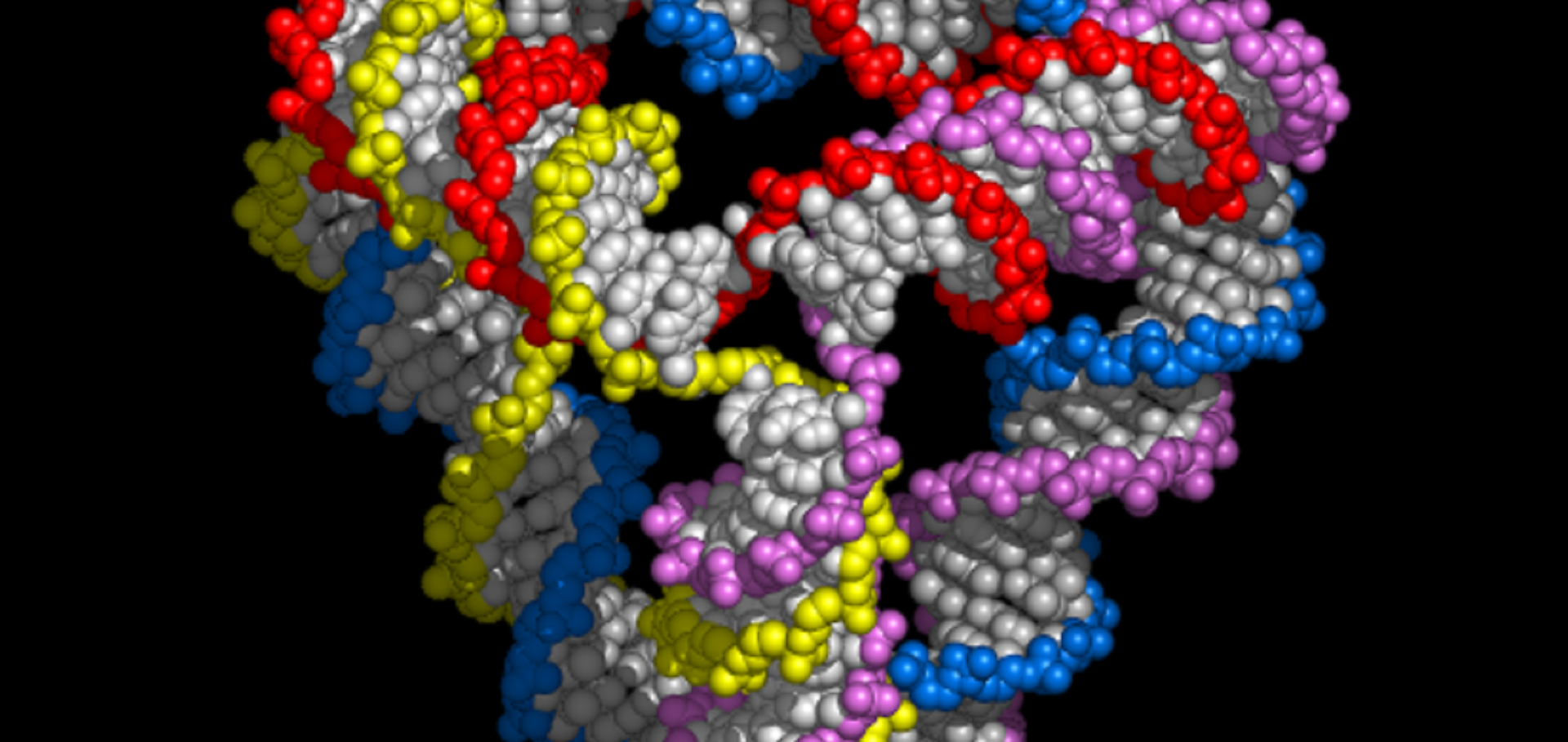Kinetically controlled self-assembly of DNA oligomers.
J Am Chem Soc 131:7 (2009) 2422-2423
Abstract:
Metastable two-stranded DNA loops can be assembled into extended DNA oligomers by kinetically controlled self-assembly. Along the designed reaction pathway, the sequence of hybridization reactions is controlled by progressively revealing toeholds required to initiate strand-displacement reactions. The product length depends inversely on seed concentration and ranges from a few hundred to several thousand base-pairs.Algorithmic Control: The Assembly and Operation of DNA Nanostructures and Molecular Machinery
ALGORITHMIC BIOPROCESSES (2009) 215-225
Coordinated Chemomechanical Cycles: A Mechanism for Autonomous Molecular Motion (vol 101, 238101, 2008)
PHYSICAL REVIEW LETTERS 102:13 (2009) ARTN 139901
Coordinated chemomechanical cycles: a mechanism for autonomous molecular motion.
Phys Rev Lett 101:23 (2008) 238101
Abstract:
The second law of thermodynamics requires that directed motion be accompanied by dissipation of energy. Here we demonstrate the working principles of a bipedal molecular motor. The motor is constructed from DNA and is driven by the hybridization of a DNA fuel. We show how the catalytic activities of the feet can be coordinated to create a Brownian ratchet that is in principle capable of directional and processive movement along a track. This system can be driven away from equilibrium, demonstrating the potential of the motor to do work.Towards registered single quantum dot photonic devices.
Nanotechnology 19:45 (2008) 455307


